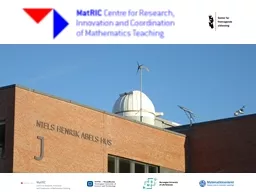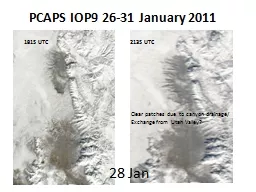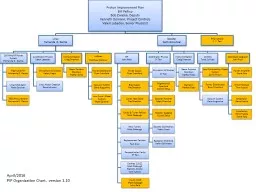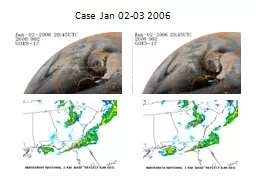PPT-1 Jan Pettersen Nytun, UiA
Author : yoshiko-marsland | Published Date : 2017-06-07
Knowledge Representation Part VI Some more details when it comes to RDF etc Merging Graphs 3 When is a node in one graph the same node as a node in another graph
Presentation Embed Code
Download Presentation
Download Presentation The PPT/PDF document "1 Jan Pettersen Nytun, UiA" is the property of its rightful owner. Permission is granted to download and print the materials on this website for personal, non-commercial use only, and to display it on your personal computer provided you do not modify the materials and that you retain all copyright notices contained in the materials. By downloading content from our website, you accept the terms of this agreement.
1 Jan Pettersen Nytun, UiA: Transcript
Download Rules Of Document
"1 Jan Pettersen Nytun, UiA"The content belongs to its owner. You may download and print it for personal use, without modification, and keep all copyright notices. By downloading, you agree to these terms.
Related Documents














